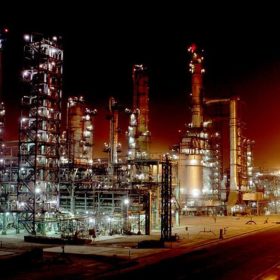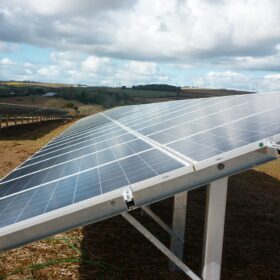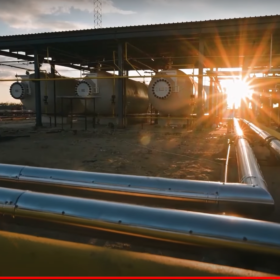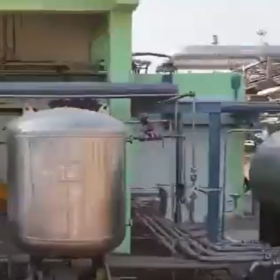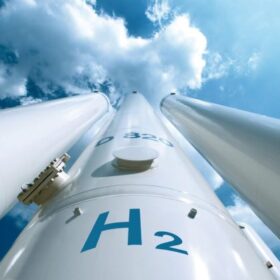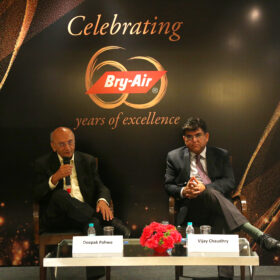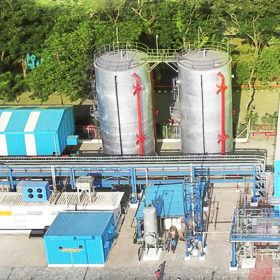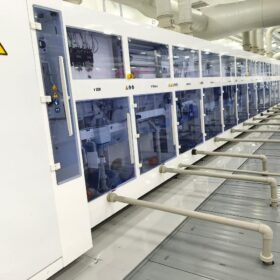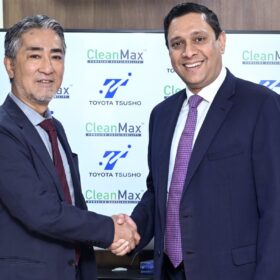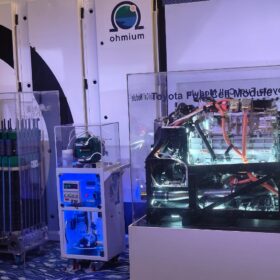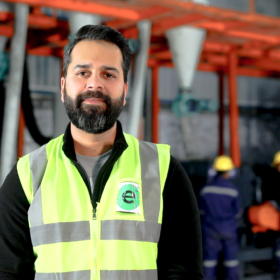Building the hydrogen economy: Overcoming infrastructure challenges
Building India’s hydrogen economy requires strategic infrastructure planning, targeted investments, and supportive policies. As industrial leaders continue demonstrating the viability of renewable energy transitions, the groundwork for hydrogen infrastructure follows naturally.
L&T wins IndianOil’s tender for 10ktpa green hydrogen plant at Panipat refinery
Larsen & Toubro has won Indian Oil Corp.’s tender for a green hydrogen production plant with a capacity of 10,000 tonnes per annum at a competitive bid of INR 397/kg.
CIL, AM Green enter 4.5 GW renewable power pact
Coal India Ltd (CIL) will develop 2.5–3 GW of solar power capacity and 1.5–2 GW of wind power to supply renewable energy to AM Green’s upcoming green ammonia production facilities.
From oil & gas to hydrogen highways: The next evolution of global pipeline networks
As hydrogen production scales, a pressing challenge emerges: how do we transport it efficiently and safely over long distances? This is where pipeline infrastructure, once the backbone of the oil and gas economy, must evolve to support the hydrogen economy of the future.
Existing state-level policies could unlock $61 billion in incentives for green hydrogen in India
Power-related incentives worth $38 billion account for 63% of the total state-level support potential for green hydrogen.
The Hydrogen Stream: BPCL commissions 5MW green hydrogen plant at Bina refinery
Bharat Petroleum Corp. Ltd (BPCL) has commissioned its first — and one of India’s largest — green hydrogen plant at the Bina Refinery in Madhya Pradesh.
Honeywell unveils AI-assisted suite to optimize green hydrogen plants
Honeywell Protonium uses machine learning to optimize the design and operation of green hydrogen projects. Aternium, a US-based large-scale clean hydrogen producer, will deploy the technology at its planned Mid-Atlantic Clean Hydrogen Hub.
The Hydrogen Stream: BPCL collaborates with BluJ Aerospace, ANERT, and CIAL for world’s first hydrogen-powered VTOL aviation ecosystem
Bharat Petroleum Corp Ltd (BPCL) will establish hydrogen refuelling infrastructure for the hydrogen-fueled vertical take-off and landing (VTOL) aircraft developed by BluJ Aerospace. It will also design and develop an indigenous proton exchange membrane (PEM) hydrogen fuel cell with high power density to facilitate vertical lift-off.
Bry-Air enters green hydrogen segment with air-to-water generators
Deepak Pahwa, chairman of the Pahwa Group and managing director of Bry-Air, told pv magazine, Bry-Air has already undertaken an air-to-water generation prototype for a green hydrogen project in a desert region outside India. When the prototype is up and running, 500 units of the system will be installed to produce huge quantity of hydrogen.
India could cut industrial emissions by 65% by 2050 with policy interventions
WRI India projects that industrial emissions could be reduced by 65% in 2050 with policy-driven interventions compared to a reference scenario without additional policies.

